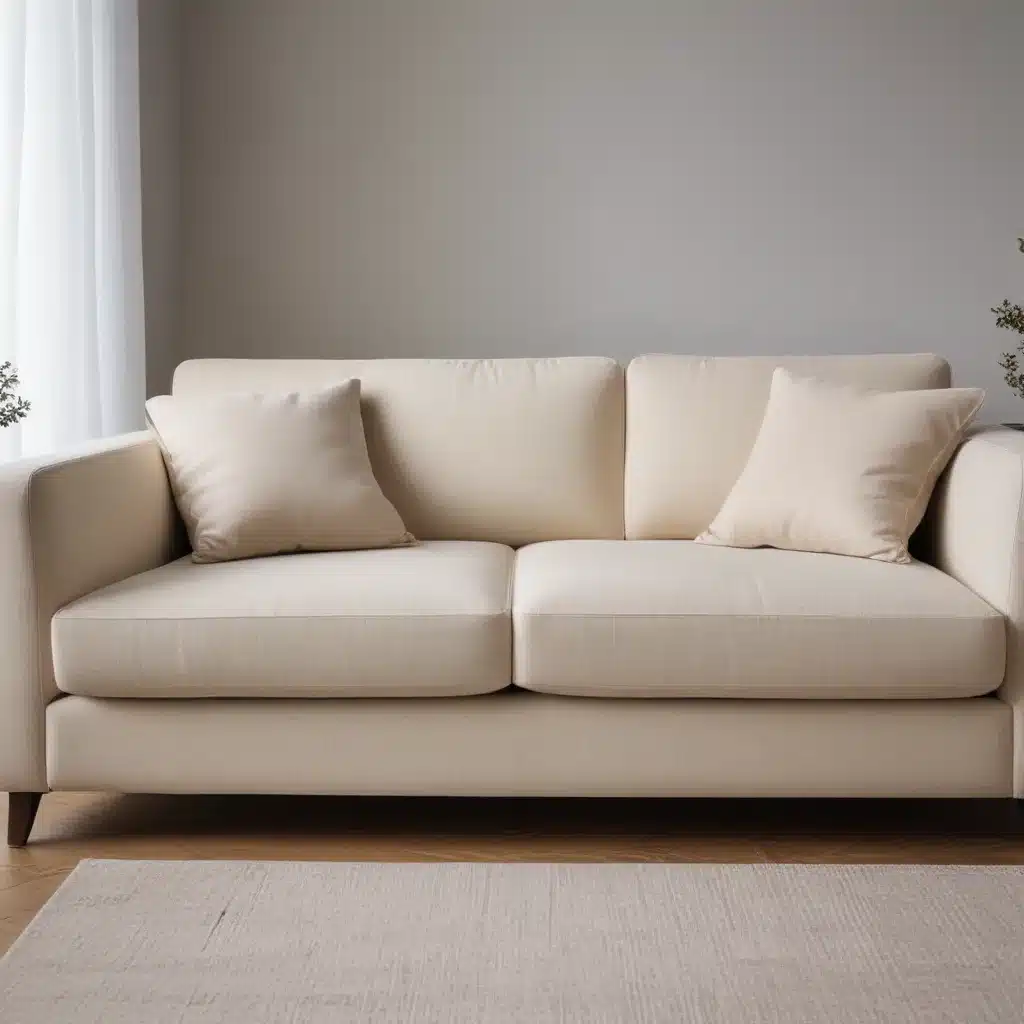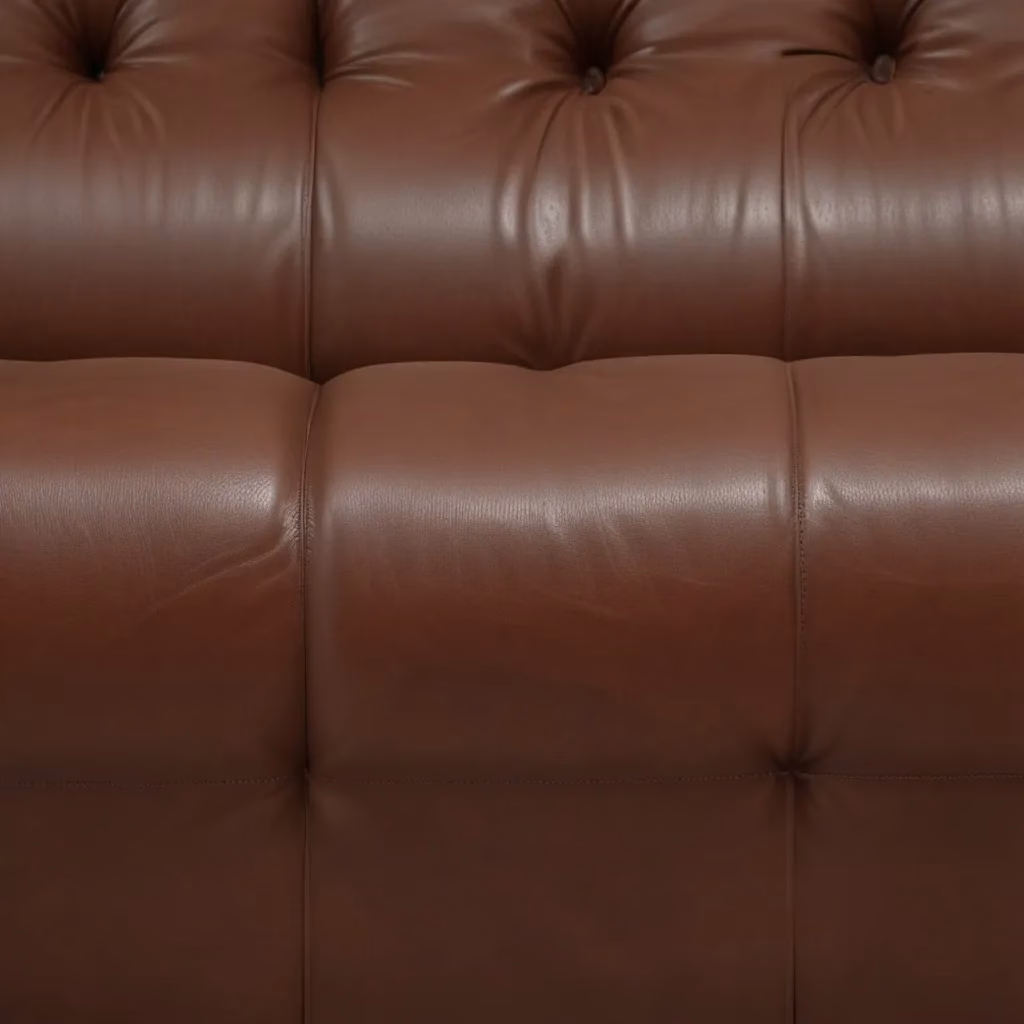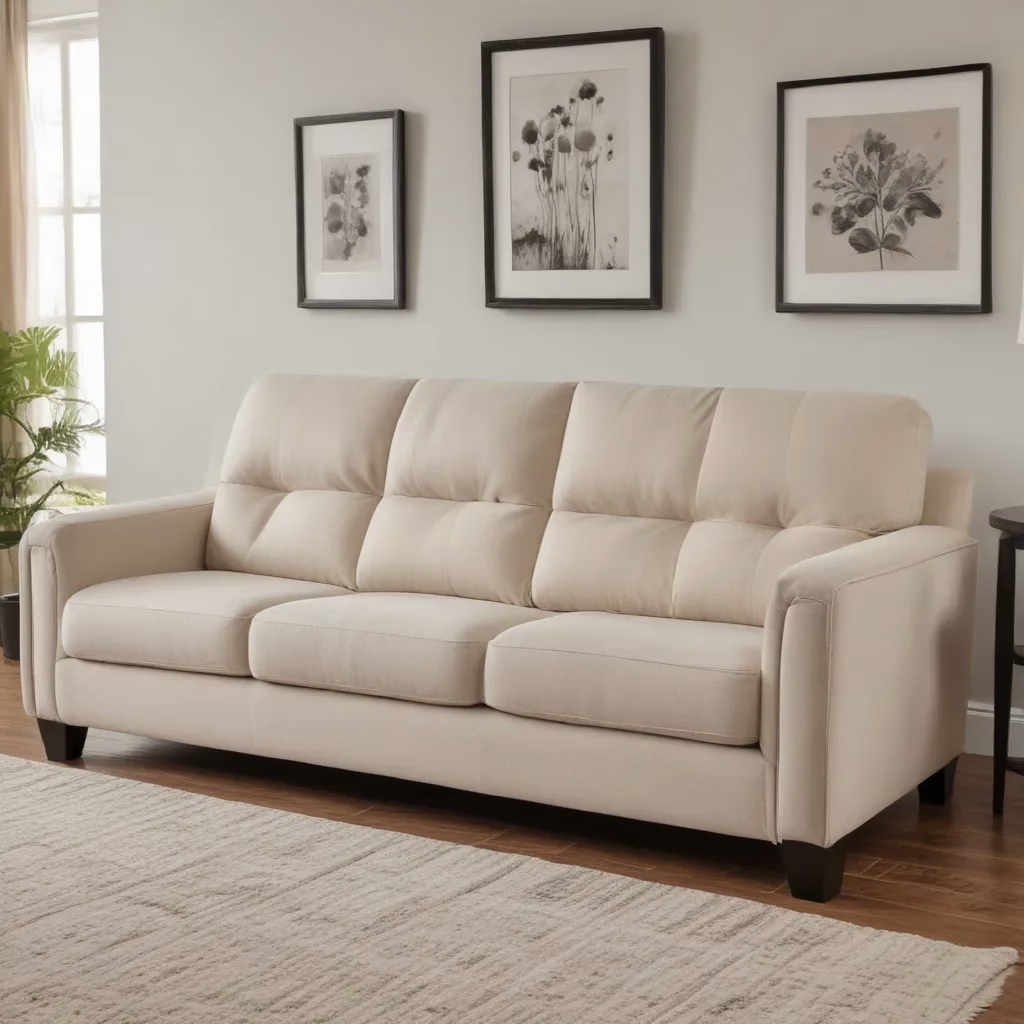Introduction: Deciphering the Cleaning Codes
You know the struggle all too well – you’ve just purchased your dream sofa, and you’re itching to plop down and sink into its plush cushions. But wait, what’s that tiny tag dangling from the side? Upholstery cleaning codes? Suddenly, your excitement turns to confusion.
“W? S? X? What do these mysterious letters even mean?” you wonder, feeling a bit overwhelmed. Don’t worry, fellow sofa enthusiasts, I’m here to demystify these cleaning codes and give you the confidence to tackle any fabric sofa with ease.
As the proud owner of Sofa Spectacular, a custom sofa company in the UK, I’ve seen my fair share of fabric conundrums. Through countless customer questions and personal trial-and-error, I’ve become somewhat of an expert in the art of sofa care. So, grab a cup of tea (or perhaps a glass of wine, if that’s more your style), and let’s dive into the world of upholstery cleaning codes together.
Decoding the Cleaning Codes
At first glance, those cryptic letters can seem like a foreign language, but I assure you, they’re here to help, not hinder. Let’s break down the most common upholstery cleaning codes and what they really mean:
“W” – Water-based Cleaning
The “W” code is your green light for good ol’ H2O. This designation means your sofa’s fabric can be safely cleaned with water-based solutions, such as mild soap and water. No need to break out the harsh chemicals or industrial-strength cleaners. A gentle, damp cloth and a bit of elbow grease should do the trick.
Think of it this way – the “W” code is like your fabric sofa’s version of a bubble bath. It’s a gentle, soothing clean that won’t strip away the fabric’s natural fibers or leave behind a nasty chemical residue. As long as you avoid any harsh scrubbing or over-saturating the fabric, you can rest easy knowing your sofa is in good hands (or rather, good water).
“S” – Solvent-based Cleaning
The “S” code is the polar opposite of the “W” – it’s a sign that your sofa’s fabric requires a more delicate, solvent-based cleaning approach. This means no water or water-based solutions, as they could potentially damage the fabric. Instead, you’ll want to use a dry-cleaning solvent or a professional dry-cleaning service to keep your sofa looking its best.
Imagine your sofa’s fabric as a delicate silk scarf – you wouldn’t want to toss it in the washing machine, would you? The same principle applies here. Solvent-based cleaners are designed to lift dirt and grime without compromising the fabric’s integrity. Just be sure to follow the instructions carefully and avoid any over-wetting or over-scrubbing.
“X” – Professional Cleaning Only
And then there’s the dreaded “X” code – the red flag that your sofa’s fabric requires professional cleaning, and only professional cleaning. This means no DIY attempts, no matter how tempting it may be. The “X” code is a clear signal that your fabric is particularly delicate or sensitive, and it needs the expert touch of a skilled upholstery cleaner.
Think of the “X” code as a VIP section in a crowded nightclub – you need a special pass (or in this case, a professional cleaning service) to get in. Trying to take on an “X” coded sofa yourself could result in irreparable damage, so it’s best to leave it to the pros. Trust me, your sofa will thank you in the long run.
“S-W” – Combination Cleaning
Ah, the “S-W” code – a hybrid approach that allows for both solvent-based and water-based cleaning methods. This is the ultimate sofa chameleon, able to adapt to a variety of cleaning scenarios.
Imagine your sofa as a fashion-forward individual, able to pull off both a sleek, tailored suit and a breezy, bohemian dress. The “S-W” code gives you the flexibility to tackle tougher stains with solvent-based cleaners, while also allowing you to freshen up the fabric with a gentle water-based solution.
Just be sure to test any cleaning method in an inconspicuous area first, and always follow the manufacturer’s instructions to a T. With a little bit of care and attention, your “S-W” coded sofa will look fabulous, no matter the occasion.
Fabric-Specific Considerations
Now that we’ve covered the basic cleaning codes, it’s time to dive a bit deeper into the world of upholstery fabrics. After all, not all sofas are created equal, and the care they require can vary quite a bit.
Natural Fibers: Linen, Cotton, and Velvet
If your sofa is adorned with natural fibers like linen, cotton, or velvet, you’re in for a treat. These fabrics are generally easy to maintain and often fall under the “W” or “S-W” cleaning code categories.
Linen, for example, is a sturdy, breathable fabric that can withstand a gentle water-based cleaning. Just be sure to avoid any harsh scrubbing or over-wetting, as this could lead to unsightly water stains or fabric distortion.
Cotton, on the other hand, is a bit more resilient and can handle a bit more elbow grease. A quick once-over with a damp cloth and a mild soap solution should have your cotton-clad sofa looking good as new.
And let’s not forget about velvet – the luxurious, velvety-soft fabric that adds a touch of opulence to any living space. Velvet may require a more delicate touch, often falling under the “S” or “S-W” cleaning code. A professional dry-cleaning service is the safest bet for keeping your velvet sofa in tip-top shape.
Synthetic Fibers: Polyester, Microfiber, and Faux Leather
Synthetic fabrics like polyester, microfiber, and faux leather are becoming increasingly popular in the world of upholstery. These materials offer a durable, easy-to-clean alternative to their natural counterparts.
Polyester, for instance, is a workhorse of a fabric, often carrying the “W” or “S-W” cleaning code. A simple water-based solution or a gentle solvent-based cleaner should do the trick. Just be sure to test any cleaning method in an inconspicuous area first, as some polyester blends may be more sensitive than others.
Microfiber, on the other hand, is a veritable cleaning superhero. This synthetic fabric is typically marked with a “W” code, meaning it can withstand a good old-fashioned water-based scrub down. Just be mindful of any over-wetting, as microfiber is prone to water stains.
And let’s not forget about faux leather – the sleek, sophisticated alternative to genuine leather. Faux leather is often coded with an “S” or “S-W” designation, meaning it requires a more delicate, solvent-based cleaning approach. Avoid any harsh scrubbing or water-based solutions, as these could damage the material’s protective coating.
Practical Tips for Sofa Maintenance
Now that we’ve covered the ins and outs of upholstery cleaning codes, it’s time to put that knowledge into practice. Here are some practical tips to keep your sofa looking its best, no matter the fabric:
-
Read the Label: Before attempting any cleaning, always check the manufacturer’s label or tag for the recommended cleaning code and instructions. Adhering to these guidelines is the best way to ensure the longevity and integrity of your sofa’s fabric.
-
Spot Clean as Needed: Don’t wait for a major spill or stain to tackle your sofa’s maintenance. Spot clean any small messes as soon as they occur, using the appropriate cleaning method for your fabric type. This will help prevent set-in stains and keep your sofa looking its best.
-
Vacuum Regularly: Consistent vacuuming is the key to keeping your sofa’s fabric looking fresh and inviting. Use the upholstery attachment to gently remove any surface dirt, dust, or pet hair.
-
Rotate and Flip Cushions: Prolonged, uneven use can lead to unsightly wear and tear on your sofa’s cushions. Rotate and flip them regularly to ensure even distribution of pressure and maintain a uniform appearance.
-
Schedule Professional Cleanings: Even with diligent at-home care, your sofa may need a deep, professional cleaning every so often. Refer to the manufacturer’s recommendations for frequency, and don’t hesitate to call in the experts when it’s time.
-
Invest in Protective Covers: Consider investing in a set of high-quality sofa covers or slipcovers. Not only do they help shield your fabric from everyday wear and tear, but they also make spot cleaning a breeze.
By following these simple tips and staying true to your sofa’s cleaning code, you can keep your beloved couch looking its absolute best for years to come. After all, a well-cared-for sofa is the foundation of a cozy, inviting living space – and who doesn’t love a little coziness?
Conclusion: Embrace the Cleaning Codes
So there you have it, fellow sofa enthusiasts – the ultimate guide to deciphering those pesky upholstery cleaning codes. Armed with this knowledge, you can confidently tackle any fabric sofa, whether it’s a delicate velvet masterpiece or a durable polyester powerhouse.
Remember, the cleaning codes are here to help, not hinder. They’re a roadmap to ensuring your sofa’s longevity and keeping it looking its absolute best. Embrace them, follow them, and watch as your beloved couch transforms into the centerpiece of your living space.
And if you ever find yourself in the market for a new sofa, be sure to check out Sofa Spectacular. We pride ourselves on creating custom, high-quality sofas that are not only stunning, but also built to last. After all, a little TLC (and a lot of understanding those cleaning codes) can go a long way in keeping your sofa looking spectacular for years to come.
Happy cleaning, my fellow sofa aficionados! May your cushions forever remain plump, your fabrics forever remain pristine, and your living room forever remain the coziest of sanctuaries.




